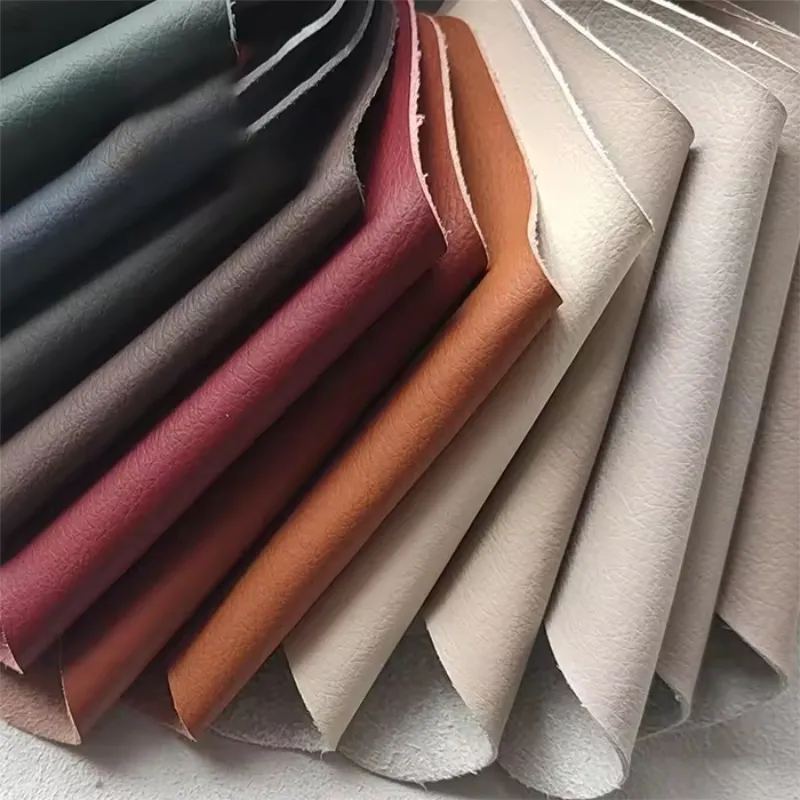Comparing Synthetic Leather and Natural Leather: Key Differences
A Brief Overview of Synthetic Leather
Faux leather, synthetic leather or imitation leather is a type of synthetic material created to replicate the look and texture of natural leather. The material in most cases has a base of polyurethane (PU) or polyvinyl chloride (PVC) with a fabric layer for some added reinforcement. The main reason that drove the growth of synthetic leather was its low cost, ease of cleaning, and being more ethical.
Pros and Cons
Natural leather and synthetic leather differ from each other in regard to their durability and maintenance. Natural leather is made from animal skin which is tough and gets better with age. However, to maintain it requires effort in conditioning to prevent it from drying and cracking. On the flip side, synthetic leather is usually more water and stain resistant making it relatively easy to care for.
Environmental Impact
One more thing that should be raised is the environmental impact of this leather vs that leather — natural and synthesis. When you treat your animal hides while producing natural leather, there are a lot of chemicals involved, but as far as synthetic leather is concerned it is petroleum based and if it isn’t discarded properly it can cause pollution. Advances in overcoming the challenges associated with the production of synthetic leather have ensured that there are now bio based PU leather skins.
Aesthetics and Texture
In an ideal world, synthetic would feel just the same as natural leather, the only difference would be the boundaries that define the quality with various textures and finishes to pick from. However, discerning individuals may notice subtle differences, such as their grain pattern and feel. Consumers are able to have custom-made synthetic leather products that match their desired look and feel, while natural leather products often feel different because of the characteristics of the animal skin from which they are made.
Cost Considerations
A major factor which distinguishes between natural leather and its synthetic counterpart is the price, natural leather usually is more expensive to synthetic leather. The lower cost of synthetic leather makes it appealing to certain consumers and manufacturers who are cost effective. This is because it is easier to manufacture as it does not require much manual effort and raw materials are readily available.
Our Product Series
At MICOOSON MICROFIBER, we ensure that our customers get a wide range of synthetic leather products based on their liking and application. In our synthetic leather series we provide material for automotive interiors, furniture, fashion accessories and many more. We strive and remain committed to providing specialized materials that incorporate the features of synthetic leather and the requirements of modern trends and environmental protection.


 EN
EN







